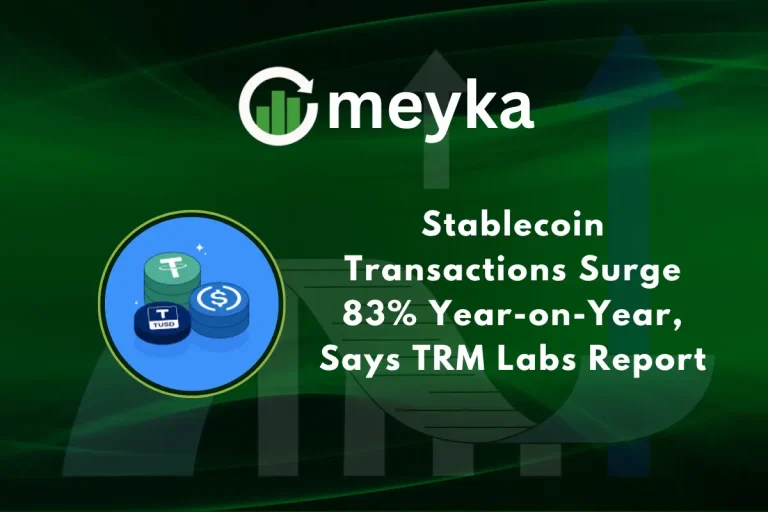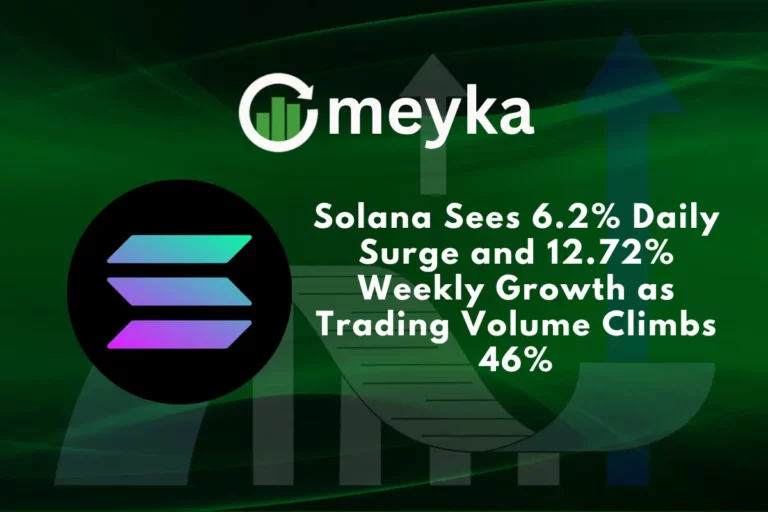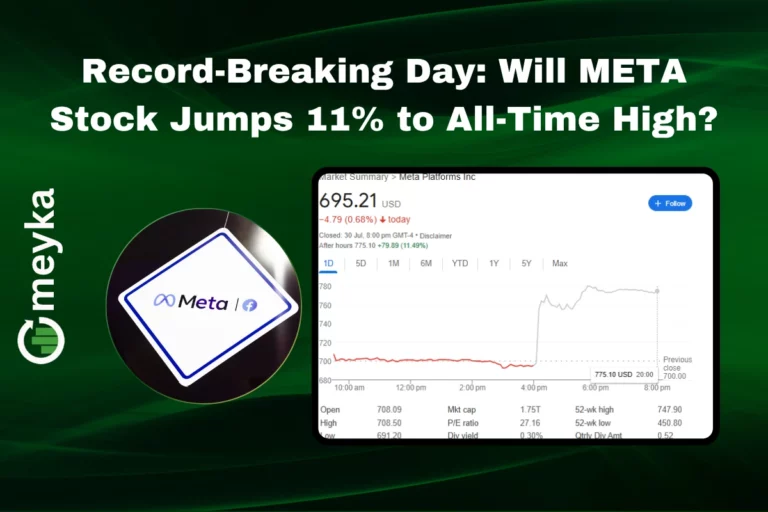Bitcoin Rally Pauses Just Below All-Time High After Surging Past $125K
Bitcoin surged past the $125,000 mark in a dramatic rally, then pulled back and paused just below its all-time high. Traders called it a classic consolidation after a fast move. The bounce was driven by heavy ETF inflows, macro uncertainty, and falling exchange reserves.
Now the market is catching its breath, as analysts sort through liquidity, futures flows, and technical resistance. This article explains why the pause matters, what on-chain data shows, and which catalysts could push Bitcoin higher again.
Bitcoin Hits $125K Before Pulling Back Below Its All-Time High
What Triggered the Latest Bitcoin Rally
The rally gathered pace as spot ETF flows poured into Bitcoin, and macro prompts made investors seek alternative stores of value. Short squeezes in futures markets also added fuel. Together, these forces helped Bitcoin spike above $125,000 in Asia trading before the market cooled.
How Market Liquidity and Exchange Reserves Are Driving the Trend
Centralized exchange balances have dropped to multi-year lows, a sign that the supply available to sell is shrinking. Binance data showed balances near the lowest levels seen in several years, which supports the price when demand spikes.
Lower exchange supply can magnify rallies and limit downside during strong inflows.
Why did Bitcoin pause after crossing $125K? Profit taking, overbought technicals, and reduced immediate sell supply caused a natural pause for consolidation.
Why Did Bitcoin Pause After Crossing $125K?
Analysts Point to Overbought Conditions and Profit Taking
Technical indicators signaled overbought conditions after the rapid move, prompting traders to lock in gains. That triggered a wave of profit taking, which trimmed the price back from intraday peaks. Analysts caution that such pullbacks are normal in steep rallies.
Exchange Balances Hit Multi-Year Lows, According to Binance Data
Binance reported that Bitcoin held on exchanges sank to levels not seen in years, cutting available liquidity. With less supply on platforms, even moderate buying can push prices higher, while sell pressure can cause fast corrections when traders exit. This dynamic helps explain both the surge and the following pause.
Institutional Activity and Bitcoin Futures Surge
Institutional Investors Continue Accumulating Bitcoin
Institutional flows into spot Bitcoin ETFs have been significant, with reports showing large weekly inflows. This steady demand from big investors can sustain higher price levels and tighten the market. Many funds cited allocation to digital assets as a portfolio diversifier.
AI Stock Research Shows Renewed Market Optimism Among Traders
Some trading desks used AI Stock research tools to scan ETF inflows, funding rates, and order book imbalances, which highlighted growing institutional bid pressure. These models flagged the surge early, showing how algorithmic signals can complement trader instincts.
Technical Analysis: Can Bitcoin Break Its Previous Record?
Key Resistance Levels to Watch This Week
A key resistance cluster sits just above current prices, near the recent intraday high around $125,500 to $126,500. Support levels to monitor are near $121,000 and then $118,000. Traders will watch whether spot and futures demand can absorb sell orders at resistance.
Insights from AI Stock Analysis on BTC Momentum and RSI Levels
Quant teams used AI Stock Analysis models to examine momentum and RSI, which suggested a short pause is healthy for the trend. The models show momentum remains biased upward if support holds, but they also warn of sharp moves if macro headlines shift suddenly. Models provide probability, not certainty.
Broader Crypto Market Follows Bitcoin’s Path
Ethereum and Major Altcoins Show Correlated Moves
Most large altcoins tracked Bitcoin’s lead, rallying earlier than easing during the pullback. Correlation remains strong in these risk-on phases, meaning Bitcoin’s direction often sets the tone for the broader market.
What AI Stock Predicts for the Next Altcoin Season
Some AI-driven scans suggested the next leg for altcoins could follow if Bitcoin stabilizes above $122,000. Observers point out that liquidity rotation into major alts typically happens after Bitcoin consolidates. AI Stock sentiment indicators showed growing mention volume for top altcoins during the rally.
Global Reactions to the Bitcoin Rally
Tweets from Influencers Highlight Market Sentiment
Traders and analysts posted real-time reactions as the price moved. See reactions for quick sentiment reads:
These posts capture trading reads and short-term market views.
Investors Discuss the Potential for a New Supercycle
On forums and in private desks, some investors argued the rally reflects a structural shift, driven by ETF adoption and a weaker dollar. Others urged caution, citing historical cycles and the risk of rapid reversals. The debate continues as flows and on-chain data evolve.
Factors That Could Drive Bitcoin Higher in the Coming Weeks
Spot ETF Demand and Supply Constraints
Persistent ETF inflows can drain sell-side liquidity, especially when exchange balances remain low. That creates a supply imbalance that can support higher prices if demand continues. ETFs remain a central narrative for the rally.
Long Term Holders Continue Accumulating Despite Volatility
On-chain data shows long-term holders adding to positions during dips, signaling conviction among some cohorts. If holders stay firm, price swings may become shallower and trend more upwards over time.
Expert Predictions and Market Outlook for Bitcoin
Analyst Forecasts Point to a Potential $130K Breakout
Several trading teams now view $130,000 as a plausible next target if momentum resumes and macro data stays favorable. Technical breakouts above the recent highs would likely trigger a fresh wave of buying.
How Global Economic Trends Could Impact BTC Price
Macro headlines around rates, the dollar, and geopolitical shocks can move risk appetite fast. Bitcoin’s tendency to act as a risk on trade or a hedge will shape short-term moves in either direction. Investors should watch macro data closely.
What’s Next for Bitcoin Investors?
Lessons from Past Bull Cycles
Past rallies show that consolidation is healthy and often precedes the next leg up. Managing position size and using clear risk rules helps investors ride volatility. Keep focus on confirmed support levels.
Cautionary Notes on Volatility and Regulation
Regulatory developments can change flows quickly. Traders should expect wide intraday ranges and plan exits and stops accordingly. Use trusted data sources and avoid overleverage.
Conclusion
Bitcoin paused after surpassing $125,000 because markets needed a breather, profit-taking set in, and supply on exchanges is low. Institutional ETF flows and falling exchange reserves underpin the bullish case, while technicals and macro risk argue for caution.
If demand stays strong and key support holds, a push toward $130,000 is possible. For now, traders and investors should balance conviction with risk management as the market digests this milestone.
FAQ’S
Bitcoin is surging due to strong demand from institutional investors, spot ETF inflows, and shrinking exchange reserves. These factors create a supply squeeze that drives prices higher.
If you invested $1000 in Bitcoin in 2013, it could now be worth several million dollars, depending on the exact entry point and whether you held through market cycles.
Bitcoin is hitting an all-time high because of rising adoption, institutional accumulation, and global uncertainty pushing investors toward digital assets as a store of value.
Yes, Bitcoin crossed the $120,000 mark during its latest rally, briefly moving above $125,000 before consolidating just below its all-time peak.
Bitcoin sometimes falls after sharp rallies because of profit-taking, overbought technical signals, or macroeconomic news impacting investor sentiment.
Bitcoin could skyrocket if spot ETF inflows remain strong, supply on exchanges keeps shrinking, and global demand for digital assets increases amid economic uncertainty.
Disclaimer
This content is made for learning only. It is not meant to give financial advice. Always check the facts yourself. Financial decisions need detailed research.






